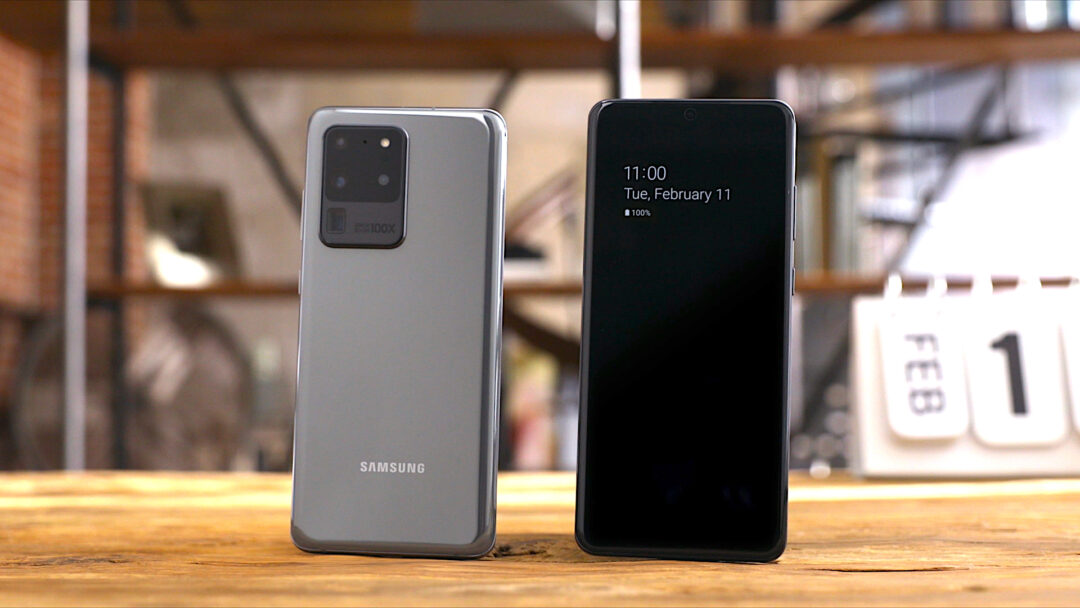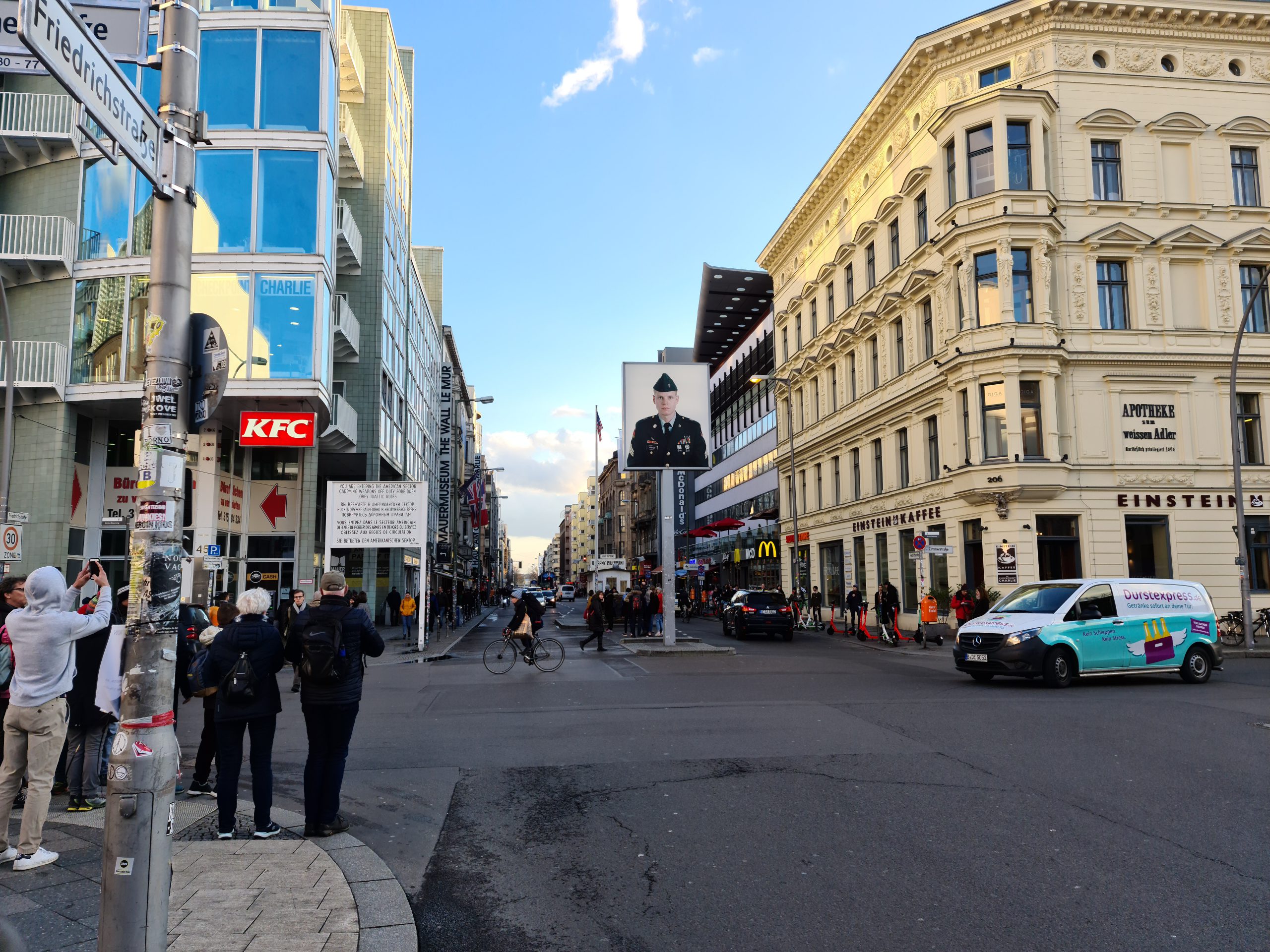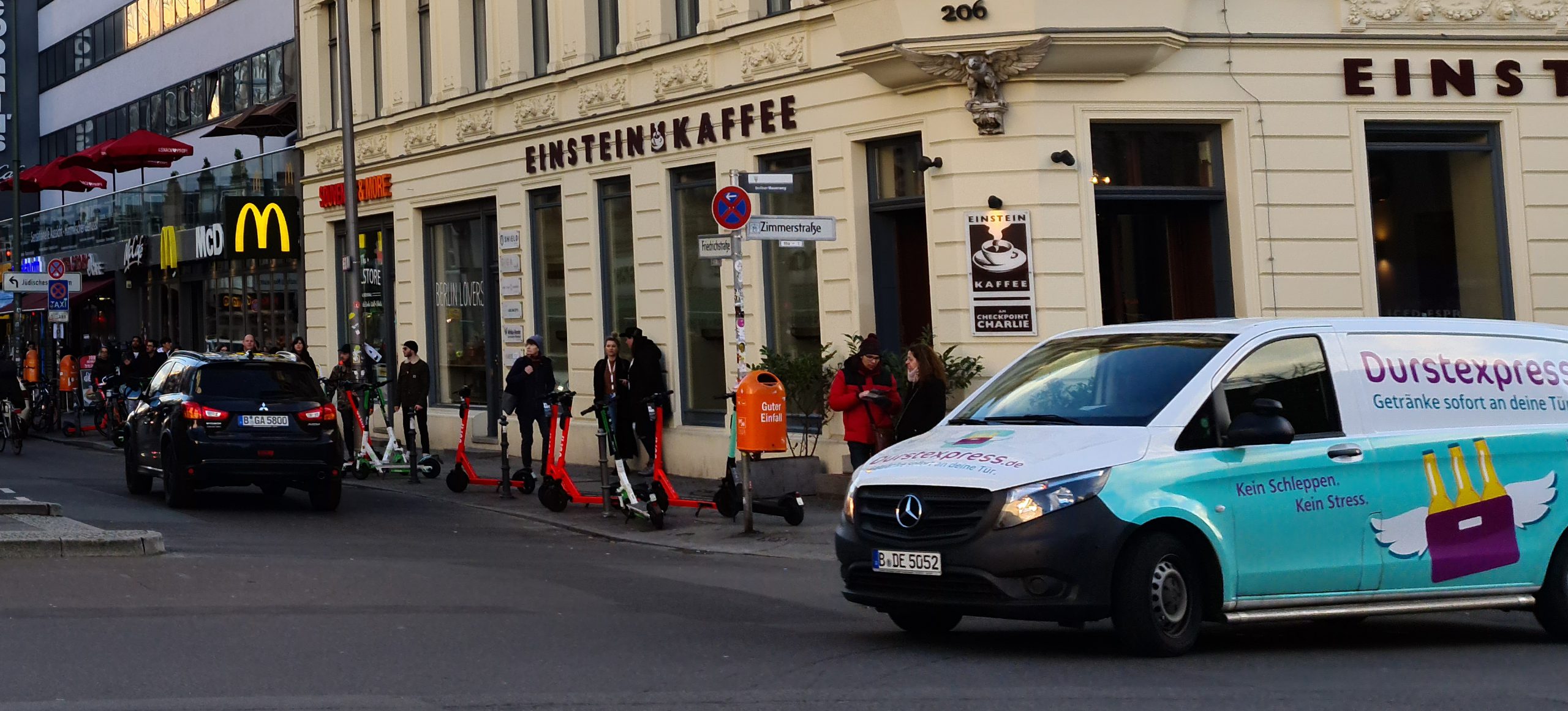With the launch of the Galaxy S20 series, Samsung is doing its utmost on all fronts to offer the best alternative to Apple and Huawei, at different prices. While the predecessor from 2019 Samsung Galaxy S10 came in two versions, respectively Galaxy S10 and Galaxy S10 +, this time Samsung has launched three editions of the new S20 series, namely Galaxy S20, Galaxy S20 + and Galaxy S20 Ultra.
The latter is the series’ absolute flagship, and the largest and wildest mobile Samsung has ever built. It is on paper the special camera that makes the Samsung Galaxy S20 Ultra stand out completely. Not least because of the wide-angle camera of insane 108 Mp!
That’s why we’re really looking forward to testing this particular monster mobile. Partly to try the many wild features Samsung has promised users, but also because Samsung Galaxy S20 Ultra in terms of price, size and specifications is the Android smartphone that comes closest to Apple’s iPhone 11 Pro Max, which we gave a few months ago six stars and our special recommendation. It will be exciting to see if Samsung can knock the arch-rival down from the podium.
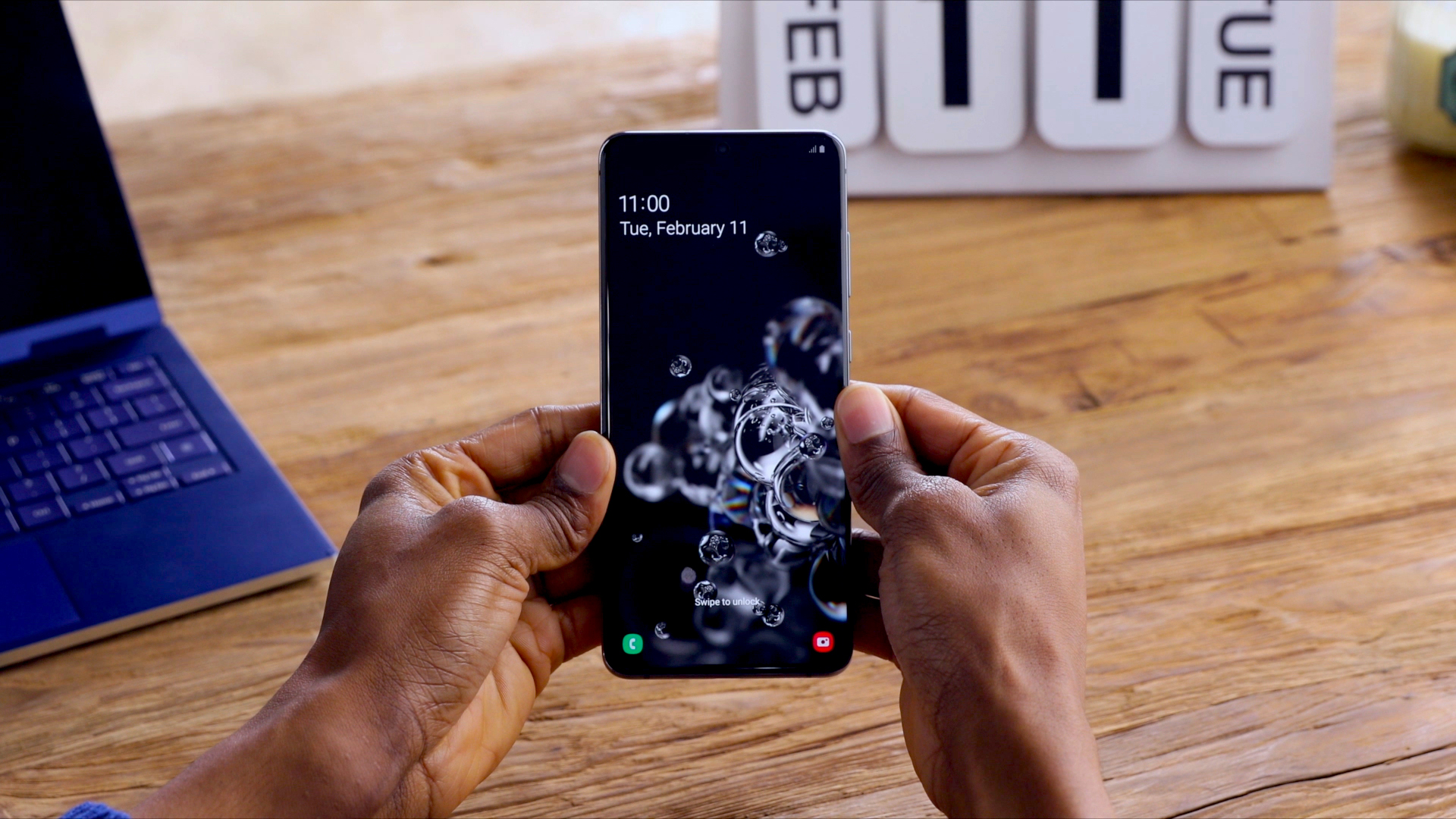
Appearance and construction
Unfortunately, our very first impression of the Samsung Galaxy S20 Ultra was not too positive. Oi, it was ugly, was actually our first reaction, when we were allowed to see Samsung’s new flagship mobile, Galaxy S20 Ultra, on a trip to Munich a week before the official launch.
Where previous Galaxy S vintages came with a nice and thin aluminum frame, curved edge screen and a generally well-executed design, the design of the new Galaxy S20 series seems quite unfinished. As if you forgot to pass the phone on to the designers after the engineers had finished packing the phone with features and huge camera modules.
Especially the top model, Samsung Galaxy S20 Ultra, has a camera module that looks like a brick, and makes the phone one of the ugliest top models we have ever tested.
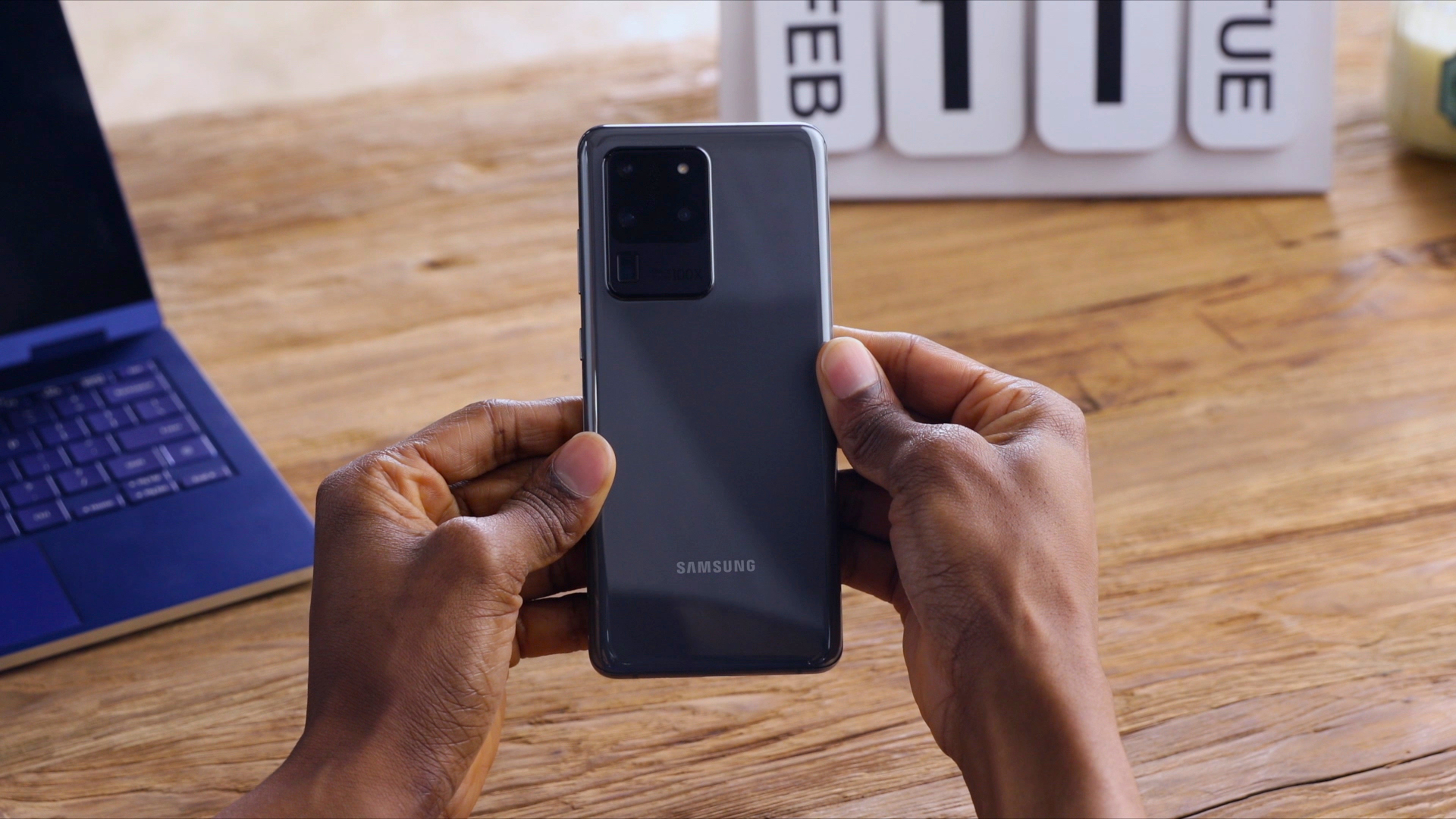
Samsung has taken the life of the curved edge screens, but the phone is largely frameless and has the front camera built into the screen. Both front and rear are Gorilla Glass 6, while the narrow metal frame is made of hardened aluminum.
It also weighs a full 220 grams, and with a screen of 6.9 ″ and a waist of 8.8 mm, it is also larger than, for example, Samsung Galaxy Note 10+, which belongs to the Note series, which has traditionally been Samsung’s largest .
But you certainly get something in return, if you can live with the mobile’s boring look and the clumsy camera module.
Because even though the Samsung Galaxy S20 is ugly, it is also a monster of a mobile, and without comparison the most powerful mobile Samsung has ever produced.
Screen
The Galaxy S20 Ultra is equipped with an HDR10 + certified 6.9 ″ Dynamic AMOLED screen, and the user can choose whether the screen should run in 60 Hz or 120 Hz mode.
The high refresh rate of 120 Hz provides an extremely fluid and fast user experience, and before the launch of the Galaxy S20 series, Chinese OnePlus had already announced that their upcoming OnePlus 8 series will have a 120 Hz screen. But now Samsung has come ahead of the Chinese!
However, the trees do not grow into the sky. As a user, you must actively turn on the 120 Hz refresh rate, and if the phone is running out of power (at 5%) or gets too hot (above 42 degrees), the Galaxy S20 Ultra itself goes back to 60 Hz.
Even more annoying is that the screen’s maximum Quad HD + resolution (3200 x 1440 pixels) does not support 120 Hz. So you have to settle for FHD + (2400 x 1080 pixels). It is thus impossible to get the best of both worlds – high resolution and the smooth user experience that comes with the high refresh rate.
The Samsung Galaxy S20 series is mostly the first smartphones on the market with 120 Hz screen update, so we have nothing to compare with, but neither OnePlus 7 Pro nor OnePlus 7T Pro McLaren, which both offer 90 Hz refresh rate, have similar limitations on resolution .
But other than that, the screen of the Samsung Galaxy S20 Ultra is very good. The screen is razor sharp and very bright, the colors are extremely strong, and it is a great pleasure to watch high quality content (eg on Netflix) on the HDR10 + certified screen. There is great depth in the image, and the contrast level is the best we have seen.
108 Mp Camera
It is the camera that makes the Samsung Galaxy S20 Ultra stand out completely. The phone has four lenses, including the DepthVision ToF lens, but the absolute wildest is the S20 Ultra’s standard wide-angle lens at an insane 108 megapixels (f / 1.8 with optical image stabilization)!
The point, of course, is not that the camera should take 108 megapixel photos. Instead, the camera combines nine pixels into one pixel (also known as “pixel binning”), each time you take a picture, and this opens up a sea of possibilities. Blue. you can photograph a larger subject – e.g. the image taken at Checkpoint Charlie in Berlin, which you can see in the gallery below – and then you can in the finishing (in the mobile’s Gallery app) zoom in on a specific section and then body the image.
The new image will also be high-resolution and ultra-sharp, and it’s incredibly easy to use the body function in the Gallery app. Here, Samsung has really come up with something ingenious, although one must remember that the original 108 megapixel images typically fill 30 megabytes of mobile phone storage. Also, the camera can only capture 108 megapixel images in 4: 3 format, as it is the usual wide angle that does all the work. On the other hand, there is no obstacle to the body images being stored in other formats.
100x zoooooooom
Another important circus trick is the new zoom feature, which Samsung has named Space Zoom. On the Galaxy S20 Ultra, this means that on paper you can enlarge the subject up to 100 times!
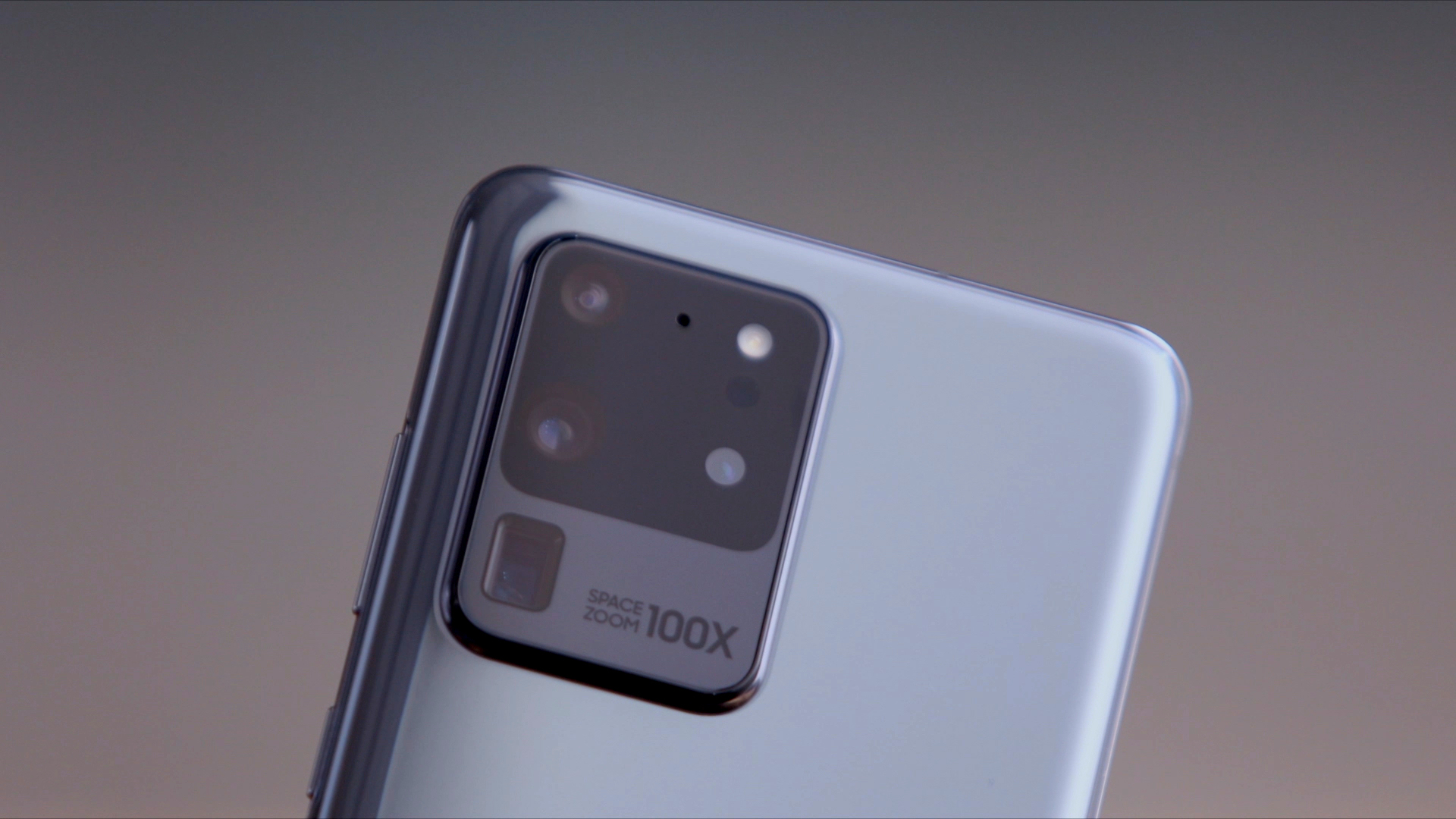
The whole glory works with a mix of optical zoom (the camera has a 48 megapixel telephoto lens with 4x optical zoom), 10x digital zoom and artificial intelligence for the rest. Everything over 10x zoom actually takes place in that the large optics with 108 megapixels come to work, and that it is then enlarged and cropped in the big picture.
In practice, however, the result looks pretty awful, if you zoom in 100 times on the subject. The finished image is filled with image noise, and we believe that a minimum of a tripod and a fairly long exposure is required to be able to use 100x Space Zoom for something sensible.
But where we were quite skeptical beforehand about whether the Galaxy S20 Ultra would be able to get a reasonable result out of any motif that had been magnified more than four times using the optical zoom, our skepticism was put to shame. Up to at least 30x, the hybrid zoom works quite brilliantly, and if you stick to 10x, the results will also be razor sharp.
Even more camera features
In addition to the two primary camera innovations mentioned above, Samsung has packed the camera with a lot of other new features to give the user as many options as possible.
Among other things, the mobile can also record video in 8K resolution. It may not make much sense unless you also have an 8K screen to show the finished result on, and it is after all the few who have. But the idea of 8K video is a bit the same as with 108 megapixel resolution images. With 8K Video Snap, the user can take still images from their 8K video, and since the images are as much as 33 megapixels, with 8K video you have the opportunity to both create high-quality video that will be sharp on any screen, and at the same time create high-resolution still images in post-editing.
A few other minor news items are at least as interesting. For example, you can now take video in ultra-wide angle format, and the fun hyperlaps function now works even in the evening in poor lighting.
Single Take is a feature for those who can not decide. You press the button and move the phone back and forth in the direction of the subject, and the camera uses most of its functions at once to take many different pictures or short videos of the same subject. The probability of finding at least a couple of usable results among the many recordings is high. Delicious.
By and large, the results are also great, sharp and dynamic, whether you take pictures or video using one or the other smart camera function – with the exception of 100x Space Zoom, which is simply really bad.
It’s just an annoyance that you have to keep in mind that there is sometimes a “but” there, before you choose which function you want to use. As mentioned, you can only take 108 megapixel photos in 4: 3 format, 8K videos can only be in 5 minutes, and besides, 8K video does not support wide angle recording or image stabilization.
There are good technological explanations for these limitations – for example, the standard wide-angle lens is 108 megapixels, and it is quite logical that it can not take pictures in ultra-wide-angle format – but it still makes life a little difficult for the user. Samsung obviously has a philosophy of giving the user as many choices as possible – sometimes at the expense of ease of use – and that’s fair enough, as long as the user is aware of the limitations.

Sound
The latest shot on the Galaxy S trunk is unfortunately the first to come without a 3.5 minijack. Samsung Galaxy Note 10 and Note 10+ did the same, but it’s always bad news for audiophiles when mobile manufacturers drop the physical connection.
That said, the Samsung Galaxy S20 Ultra delivers the goods when it comes to sound. The phone offers high-resolution sound using the built-in 32-bit DAC and supports Dolby Atmos, Dolby Digital and Dolby Digital Plus as well as of course aptX.
The sound quality when using the Galaxy S20 Ultra as a sound source for music streaming is very good, and there are also a couple of good stereo speakers in the phone so it can be used with a clear conscience to watch short videos, play games or talk hands-free without headphones.
5G
Samsung Galaxy S20 Ultra is one of the first mobiles we have tested on the 5G network. And at the same time also one of the first 5G-ready mobiles that can be bought in stores.
Unfortunately, the sad truth is that even though the Galaxy S20 Ultra performed brilliantly on the 5G network (in the video below you can see the phone achieve a download speed of over 1 Gbit / s in the Benchmark tool Ookla Speedtest), there are still not so many benefits by having 5G on your mobile.
At one point, however, one can notice a clear difference between 4G and 5G, and that is when it comes to downloading large files such as apps or videos. A game like Shadowgun Legends, which is 1.2 gigabytes, we could download from Google Play in just under 22 seconds, while the popular movie Marriage Story of 781 megabytes can be downloaded in the Netflix app in just 13 seconds.
On the one hand, it is great to be able to download large files so quickly, but the question is just how often you actually want to download such large files via the mobile network. Will 5G force operators to increase the total amount of data included in the monthly subscription? Otherwise, the real benefit of 5G at this point is hard to see.
Performance and features
We have run all our regular Benchmark tests on the mobile, and not surprisingly, the Galaxy S20 Ultra is the most powerful smartphone you can buy at the time of writing.
In AnTuTu, the S20 Ultra achieves an unprecedentedly high result of 516,119, while our “wide” Benchmark tool Geekbench 4 and 5 also throws off impressive results. It is quite clear that in terms of performance, only the aforementioned iPhone 11 Pro Max can give the Galaxy S20 Ultra a fight at the door. The two mobiles are, so to speak, in a class of their own.
Also in daily use, the Samsung Galaxy S20 Ultra is a real pleasure. Especially with the high refresh rate of 120 Hz, everything slides in the interface as in oil, and neither the heaviest apps (games like Asphalt 9) nor hefty multitasking make the phone sweat in the forehead.

At first we were a little worried about the battery, which seemed to have trouble holding the power to a full day of intense use. But after a few days, we have to state that the concern was unfounded.
Even with the high refresh rate, the Galaxy S20 Ultra has enough power at the end of the day to not have to compromise, which is also confirmed by our Benchmark test which torments the phone at maximum load. Still, the Galaxy S20 Ultra lasted for almost seven hours, so it must be said that the large battery of 5000 mAh does a good job. And should it still go wrong, the phone can be charged lightning fast.
Included in the package is a 25 watt charger, but in fact the Galaxy S20 Ultra supports 45 watt charging. You only have to buy the charger as an option, but that might be a good idea, as the compact 45 watt USB-C charger can actually also charge a laptop.
Conclusion
It has been a challenge that we have not been able to test the Samsung Galaxy S20 Ultra next to the other models in the new S20 series. Samsung would of course prefer to focus on the absolute flagship model, but in this case it might have been an unwise choice.
To be honest, the Samsung Galaxy S20 Ultra is too much of a good thing. The price is high, and many of the very special features that the S20 Ultra is all about, are more or less unnecessary. 100x Space Zoom is completely useless, while 30x zoom, which the other models also offer, actually gives good results. At least on the S20 Ultra. We have not tried the other mobiles in practice.
But the screen on the Galaxy S20 + is at least quite large with its 6.7 inches, and since it offers the same resolution as the Galaxy S20 Ultra, the pixel density is actually higher, and the screen quality thus better.
Pictures of 108 megapixels are Galaxy S20 Ultra alone to be able to produce, but the cheaper models can deliver pictures in 64 megapixel resolution, and since for the other two mobiles it is the telephoto lens that has the high resolution, you do not have to be limited by 4: 3 format. And 8K video can all models deliver.
Samsung Galaxy S20 Ultra is a monster of a mobile phone, but it wants too much at once, and it creates some annoying situations for the user, where you have to choose whether you want one or the other. 120 Hz refresh rate or highest resolution? 108 megapixels or images in 16: 9 format? This is how we can continue.
There is no doubt that you can easily invest in a Samsung Galaxy S209 Ultra if you want to compete with the wildest mobile phone on the market right now. But for most people, it will make the most sense to choose one of the two smaller models.

We think
Lightning fast performance combined with 120 Hz display provides the most fluid user experience ever. The camera is the wildest we have tried, and then it comes with 5G. Boring and uninspiring design at a very high price. Missing 3.5 mm jack, while it is too many of the wild features that require compromises to work as intended.
300 €
Specifications
- Operating system: Android 10 + Samsung One UI 2
- Screen: 6.9 “Dynamic AMOLED 120 Hz, Quad HD + (3200 x 1440), 511 ppi
- Processor: 2.7 GHz Samsung Exynos 990 7 nm 64 bit octa-core
- Memory: 12 GB RAM / 128 GB storage (+ microSD up to 1 TB)
- Cameras: 108 Mp f / 1.8 with OIS + 12 Mp f / 2.2 120˚ ultra-wide angle with OIS + 48 Mp f / 3.5 telephoto with OIS
- + DepthVision (primary) / 40 Mp f / 2.2 (front)
- Wireless: 5G Sub6, 802.11a / b / g / n / ac / ax, Bluetooth 5.0, NFC, GPS, GLONASS, BeiDou, Galileo
- Dimensions and weight: 166.9 x 76 x 8.8 mm / 220 g
- Battery: 5000 mAh, 25 W fast charge + 15 W wireless charge
- Web: samsung.com
